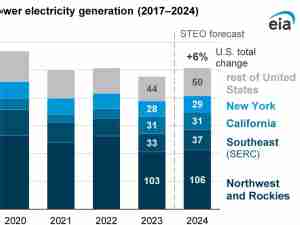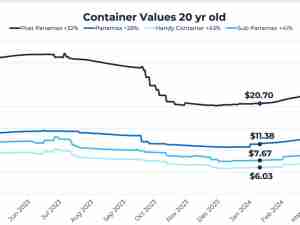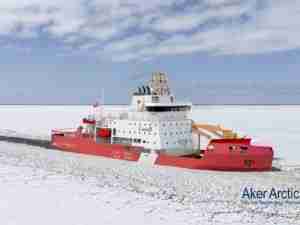Inpex delays Ichthys LNG project start until Q3 of 2017
By: Reuters | Sep 13 2015 at 06:04 PM | Maritime
TOKYO - Inpex Corp, Japan’s biggest oil and gas developer, said on Friday the start-up of its Ichthys liquefied natural gas (LNG) project in Australia would be delayed until July-September 2017, from end-2016 due to construction hold-ups.
The project’s total cost will likely rise about 10 percent from a January 2012 estimate of $34 billion when it made the final investment decision, but the increased expenditures are offset by a gain in LNG capacity to 8.9 million tonnes per year (tpy) from 8.4 million tpy, officials said.
Ichthys was 74 percent complete as of June, four or five percentage points behind target, Inpex said last month.
Inpex will be entitled to about 6 percent more LNG due to the capacity increase, and it aims to direct about 70 percent of the plant’s total output to Japan, the world’s biggest buyer of LNG, said Inpex President Director Australia, Seiya Ito.
The start-up of the second train with capacity of 4.45 million tpy is projected in September-November 2017, about two months after the first train - with the same capacity - goes into production, officials said.
The increase in LNG output comes because of the use of a more efficient gas-fired power generation unit, which makes more of the fuel available for production than previously thought, the officials said.
Condensate and liquefied petroleum gas (LPG) production will also rise from the previous outlook of 100,000 barrels per day and 1.6 million tpy, but it is not clear by how much, they said.
The latest production schedule reflects delays in the manufacturing of a central processing facility handled by Samsung Heavy Industries and a floating production, storage and offloading (FPSO) facility being built by Daewoo Shipbuilding & Marine Engineering, Inpex said.
An Inpex official said despite the recent slump in oil prices, the project remains “very profitable”. The cost blowouts also will not have much impact on its earnings outlooks for the fiscal year ending next March 31, Inpex said.
Inpex has a 62.2 percent in the project, with Total and several other Asian energy companies among the shareholders.









